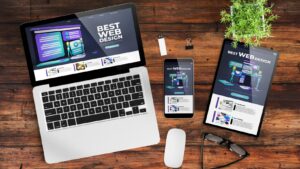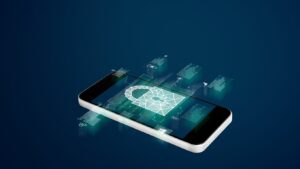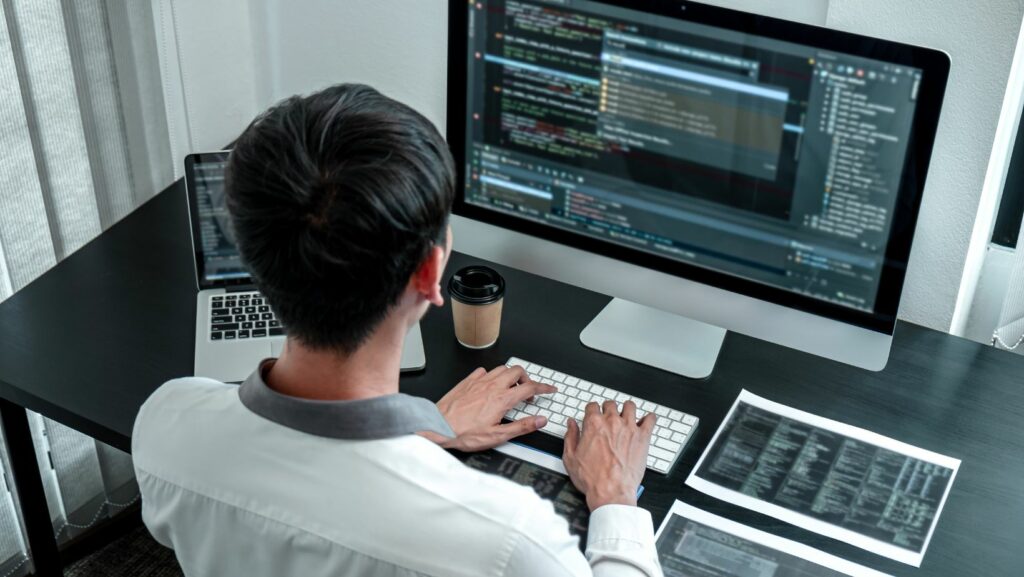In today’s tech-driven world, the lines between desktop and mobile operating systems are increasingly blurring. Both platforms have evolved significantly, embodying features that enhance user experience, security, and functionality. This convergence is not just a testament to technological advancement but also to the changing ways in which people interact with their devices.
Understanding the similarities between desktop and mobile operating systems can provide valuable insights into the future of computing. Both types of systems manage hardware resources, run applications, and provide user interfaces, but it’s their shared evolution toward more seamless, user-centric experiences that stands out. As technology continues to advance, the overlap between these platforms is expected to grow, further integrating our digital experiences.
This exploration into the similarities between desktop and mobile operating systems not only highlights the technological underpinnings common to both but also sheds light on how these similarities might shape future innovations in the tech landscape.
How Are Desktop And Mobile Operating Systems Similar
User Interface Design
 Desktop and mobile operating systems both aim to offer intuitive and accessible interfaces, enabling users to navigate and manage their devices effectively. They use icons, windows, and menus, which are standard elements across both platforms. Desktop systems like Windows or macOS and mobile systems such as iOS and Android feature taskbars or dock bars for easy access to frequently used applications. The touch interface in mobile devices has also influenced desktop interfaces with the introduction of touch-screen capabilities in laptops and all-in-one computers. This blending ensures users encounter a familiar navigation experience, regardless of the device.
Desktop and mobile operating systems both aim to offer intuitive and accessible interfaces, enabling users to navigate and manage their devices effectively. They use icons, windows, and menus, which are standard elements across both platforms. Desktop systems like Windows or macOS and mobile systems such as iOS and Android feature taskbars or dock bars for easy access to frequently used applications. The touch interface in mobile devices has also influenced desktop interfaces with the introduction of touch-screen capabilities in laptops and all-in-one computers. This blending ensures users encounter a familiar navigation experience, regardless of the device.
Security Features
Security provisions are critical in both desktop and mobile operating systems to protect user data against unauthorized access and cyber threats. Features like firewalls, antivirus tools, and regular software updates are common in both types of systems. For instance, Windows Defender in desktops and Google Play Protect in Android perform similar roles in monitoring and defending against malware. Both platforms have also embraced biometric technologies, such as fingerprint scanners and facial recognition, to enhance security protocols by ensuring that only authorized users can unlock devices or make transactions.
Application Ecosystem
 The application ecosystems of desktop and mobile operating systems have grown significantly closer, with many applications now available on both platforms. Developers use cross-platform tools to build apps that operate seamlessly on desktops, tablets, and smartphones. Major productivity software suites like Microsoft Office and Adobe Creative Cloud provide nearly identical user experiences whether on a desktop machine or a mobile device. App stores specific to each OS—such as the Microsoft Store and Apple App Store—facilitate easy access to a wide array of applications, further integrating the digital experience across devices. Additionally, cloud-based applications and services enable data synchronization and functionality continuity no matter the device being used.
The application ecosystems of desktop and mobile operating systems have grown significantly closer, with many applications now available on both platforms. Developers use cross-platform tools to build apps that operate seamlessly on desktops, tablets, and smartphones. Major productivity software suites like Microsoft Office and Adobe Creative Cloud provide nearly identical user experiences whether on a desktop machine or a mobile device. App stores specific to each OS—such as the Microsoft Store and Apple App Store—facilitate easy access to a wide array of applications, further integrating the digital experience across devices. Additionally, cloud-based applications and services enable data synchronization and functionality continuity no matter the device being used.
Hardware Integration
 Integration with hardware is another significant area of overlap between desktop and mobile operating systems. This integration is crucial for optimizing performance and user experience across different types of devices. Both desktop and mobile OSs need to effectively manage and interact with a variety of hardware components such as CPUs, GPUs, memory devices, and input/output devices like keyboards, mice, or touchscreens.
Integration with hardware is another significant area of overlap between desktop and mobile operating systems. This integration is crucial for optimizing performance and user experience across different types of devices. Both desktop and mobile OSs need to effectively manage and interact with a variety of hardware components such as CPUs, GPUs, memory devices, and input/output devices like keyboards, mice, or touchscreens.
Desktop environments traditionally supported a wide range of peripheral devices increasing their versatility. Mobile OSs, initially limited in this aspect, have rapidly expanded capabilities, now supporting advanced sensors, enhanced graphics processors, and varied connectivity options including NFC, Bluetooth, and Wi-Fi. For example, modern mobile devices come equipped with sensors for biometric data, similar to those seen in newer desktop machines, to enhance security features.
Each operating system, whether designed for desktop or mobile, is built to ensure that it communicates effectively with the hardware it runs on, using meticulously developed drivers and consistent updates that improve compatibility and performance. Both systems depend on the seamless integration of software and hardware to deliver reliable and efficient operation, whether the device is used for daily tasks, professional work, or leisure activities.

